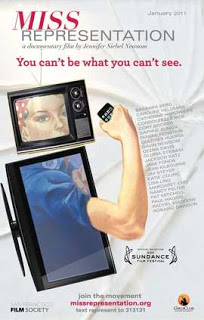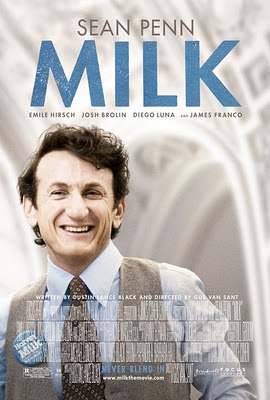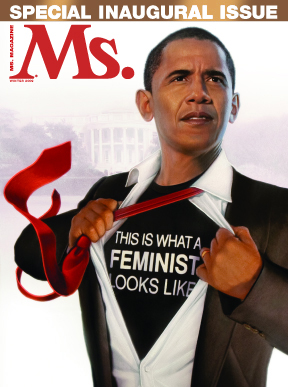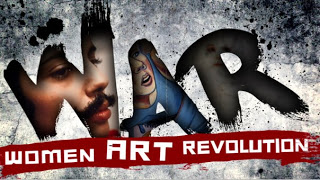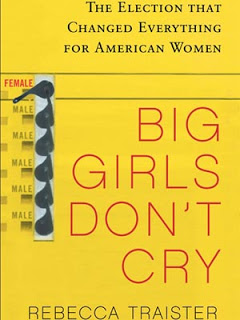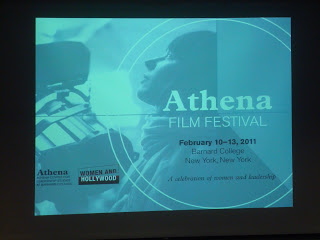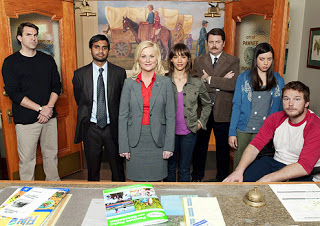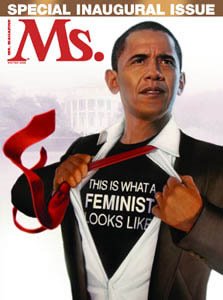Well.
First, these amazing protesters seriously have it together. I don’t think I’ve ever seen anything so … opposite of unorganized. We knew exactly what was happening at all times, including where we were marching, what we were yelling, when we needed to stop, and when we needed to speed up. This group may officially be leaderless, but it certainly knows how to coordinate, plan, and carry out tasks. At one point, a man handed me a piece of paper with a list of my rights as a protester, and it included a protocol to follow if an officer attempted to question or arrest me. Helpful! A woman walked by and insisted I take a bottle of water to keep with me while I marched. Thank you! And any time I bumped into someone, whether attempting to take a picture or just, you know, tripping for no reason (as I’m wont to do), my fellow protesters steadied me or laughed with me or apologized profusely even if it clearly wasn’t their fault. It was fun. We were peaceful and chill. It kind of felt like … solidarity.
I took an Introduction to Political Science course when I was about eighteen and an idiot. I remember my teacher asking us, “Is money speech?” We were all, like, “Um, like, I don’t get it.” The class that day was focused on the concept of free speech in our country, which we all agreed was a constitutional right. But our teacher had to go and make it all complicated. “Is money speech?” he asked again. Our class ultimately decided it was the most ridiculous thing we’d ever heard. I wish I could go back to that classroom, knowing what I know now. One finds out fairly early in her adult life that when she graduates from college, and the bills start rolling in, and the bills start eating up the paycheck, and that emergency room visit happens for that fucking hive outbreak, and wait—how is this visit a thousand dollars when I have health insurance?!—and the bank wants her student loan repaid at this new interest rate, right when her brakes go out, and every broke neo-con in her family is somehow still convinced this whole bootstrap thing is real (and possible)—yeah, she learns that money is, in fact, speech. But how is it speech, you ask?
Well.
In a capitalist society, money matters; but in an unregulated capitalist society, the only thing that matters is money. The people’s right to free speech; our right to democratically elect our government officials; our right to affordable healthcare; our right to breathe clean air; our right to have access to pesticide-free foods; and our right to peacefully protest against, you know, all of our rights being violated; well—you can throw that garbage out the window.
Because, in an unregulated capitalist society, the 1% at the Top of the Money Pile gets to exercise its right to free speech, too, which its elite members happily and unapologetically do in the form of: donating millions of dollars to campaigns, ensuring that when their candidate is elected, they have effectively bought a politician who will work tirelessly to keep them comfy on the Money Pile (in exchange for those pesky campaign contributions again next year, score!); profiting, literally profiting financially, off people who have chronic illnesses, people who become sick and don’t have access to healthcare, people who become sick and have access to healthcare, people who don’t have health insurance, people who do have health insurance, and people who die (pretty good deal for you, insurance companies, amirite?!!); and basically doing whatever the hell they want with our environment and our food supply—the welfare of the people be damned—as long as they make a profit.
The problem with that “I’m using my billions of dollars as speech” thing is that we don’t all have billions of dollars. The 99%, in fact, certainly doesn’t have billions of dollars to throw at politicians as some kind of motivational force to get them to act on our behalf; all we have is our lousy vote. That issue—and this is why the 1% is quaking in its collective [insert expensive brand of shoe here]—transcends political parties and affiliations. My conservative uncle and I can’t post a link on Facebook without each of us having partisan cyber-feuds on each other’s walls. But this issue? It ain’t like that. We’re both pissed that we, the 99%, bailed out The Economy Tankers with our tax dollars, only to stand back helplessly and watch them dole out bonuses and other unaccounted for luxuries to themselves. I mean, are ya serious, assholes?
Now that the mainstream media finally wants to pretend-acknowledge the Occupy Wall Street movement, and its global impact (wait, are they pretend-acknowledging that yet?), I’m not surprised that much of its “coverage” centers around how the protesters aren’t united over a single issue, that they don’t have concrete demands, that they’re leaderless and unorganized. The reality is that the 1% owns the media too, and it’s in the best interest of the 1% to keep this movement from gaining momentum, lest its constituents suffer actual tangible consequences for their thievery. So, they get their media to make Occupy Wall Street about how young liberals are just pissy that Obama isn’t as hopey-changey as they’d hoped; or they get their media to say that those clueless Wall Street kids don’t have any real goals so this can’t be a real thing that we need to pay real attention to; or—their most effective tactic—they get their media to start comparing and contrasting Occupy Wall Street and the Tea Party as if this movement is just the eruption of another political fringe group with an exclusively left-wing agenda, rather than what it is: A Call to Action for those of us who don’t get to throw down a cool million here and there and call it “speech.”
















